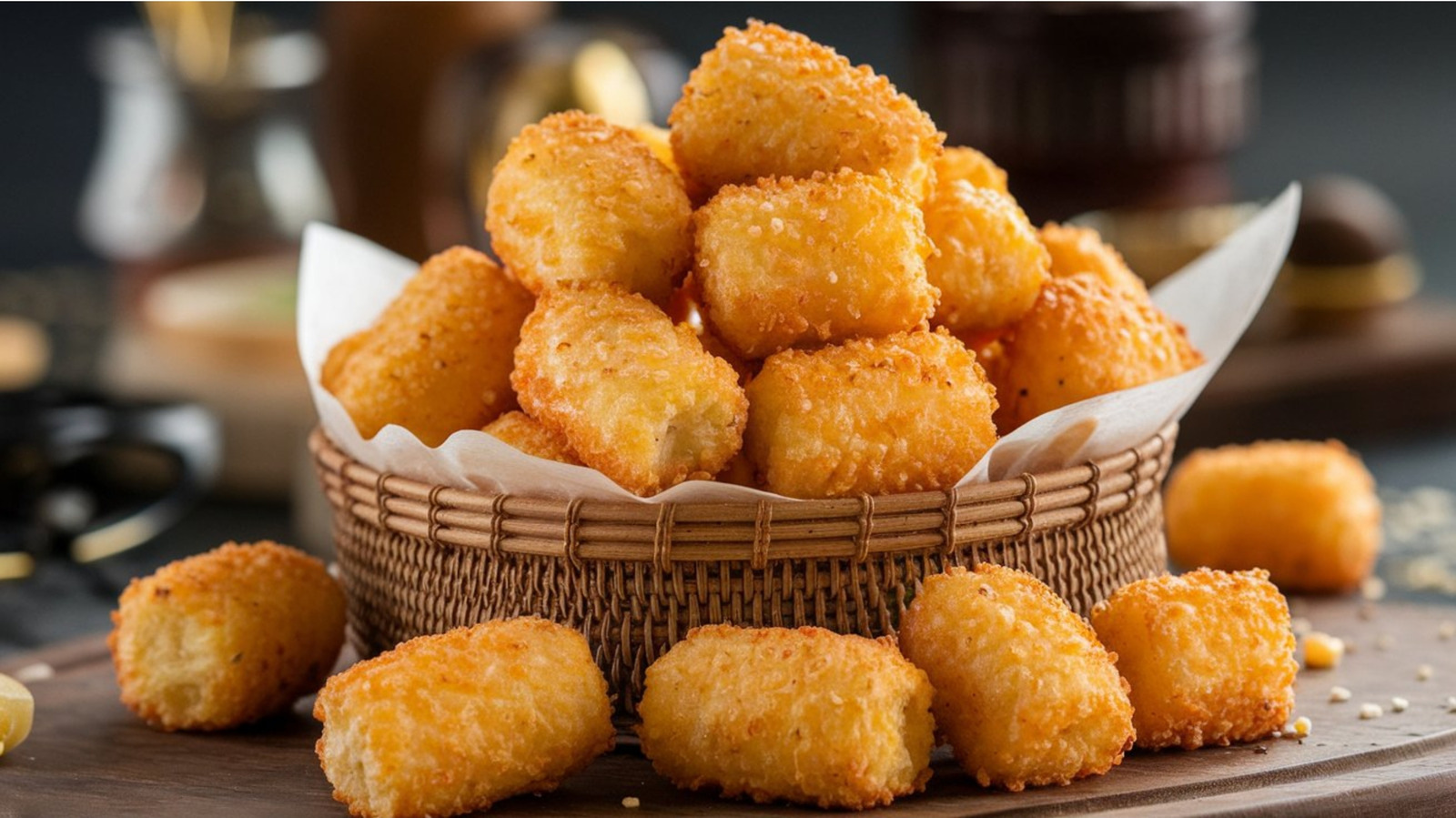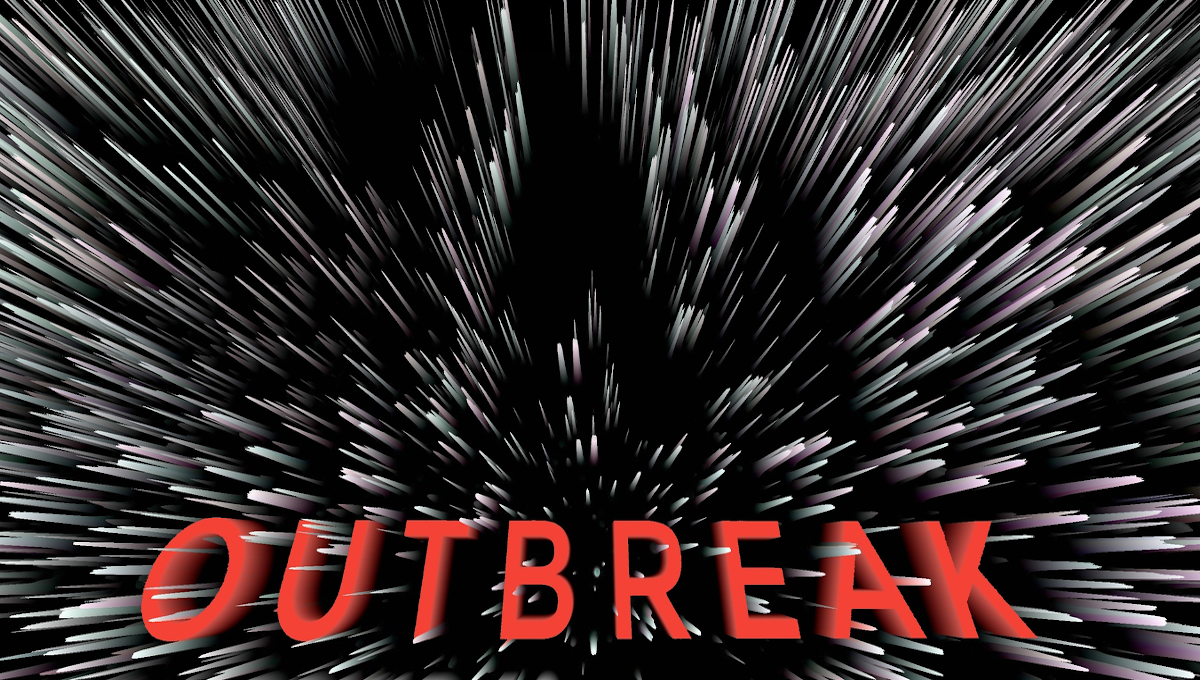:upscale()/2024/10/21/939/n/1922441/f62edd816716c8936acfa3.00330861_.jpg)
Sure, you may have heard about a lunar calendar , which is filled with epic lunar eclipses and solar eclipses throughout the year, but did you know that there's actually so much more to a full moon than just being a full moon? If you've heard someone mention a harvest moon or a frost moon , those are just two of the types of moons you can see in the sky, but there are actually so many more of them. In fact, each month of the year has a full moon with its own name and story, typically from Native American tales. To understand a little bit more behind the names of full moons, keep reading to learn the history of each one.
What Does Your Moon Sign Mean? An Astrologer Explains Wolf Moon The first full moon of the year is the wolf moon . According to Native American history, it's called a wolf moon because it was believed this was the time of year wolves were most commonly heard howling. Snow Moon The full moon in February is called a snow moon , because there's typically very heavy snowfall during this month.
Worm Moon March's full moon is the worm moon , and it's called the worm moon because this is the time of year when Spring starts to arrive, bringing the worms out of the ground. Pink Moon April's moon is the pink moon because of the pink flowers the weather brings. Flower Moon In May, you can see the flower moon , which Native American history says got its name due to everything starting to bloom this month.
Strawberry Moon The last full moon of Spring is the strawberry moon in June, which signals that ripe fruit is aplenty. Buck Moon The antlers of a buck were typically at their largest in July, according to Native American tales, so July's moon is the buck moon . What Is a Lunar Eclipse? An Astrologer Explains Sturgeon Moon Native Americans called this moon the sturgeon moon , because it was during this time in August that they were able to catch many fish in the lakes.
Harvest Moon When September's full moon arrives, the harvest moon , it's time to — you guessed it — harvest the corn. Blood Moon The first full moon of Fall in October is the blood moon . The blood moon is named after the lunar eclipse that usually occurs in October, which can make the moon emit a reddish glow that resembles blood.
Frost Moon November's full moon has been called both the beaver moon (because it was the time of year when Native Americans trapped beavers for their pelts) and the frost moon , because it was the time that cold weather set in. Cold Moon Native Americans called December's moon the cold moon because it was the dead of winter. Full Moon Not all full moons are the same.
In fact, there are several different full moons that you might not be familiar with. A standard full moon, though, happens when the side of the moon facing Earth is completely lit by the sun. Supermoon The supermoon is exactly what it sounds like: a supersize moon.
When the full moon is closest to the Earth, it appears larger than normal, but it's just because of its proximity. Leo Season Is Bringing the Heat and Romance This Summer Micromoon A micromoon is the exact opposite of a supermoon. It's what happens when the moon is the farthest distance from Earth.
Hedy Phillips is a former PS contributor..














